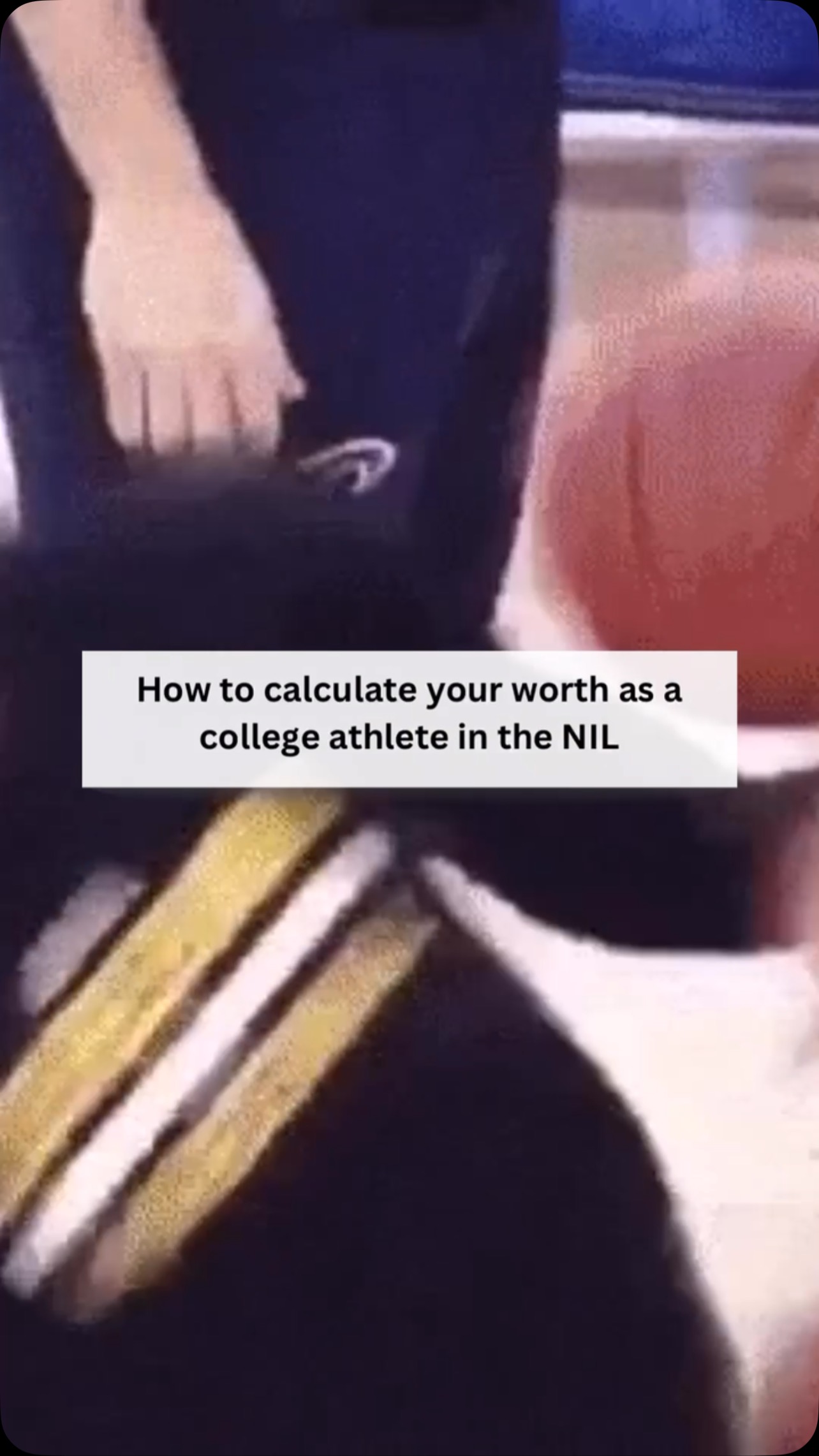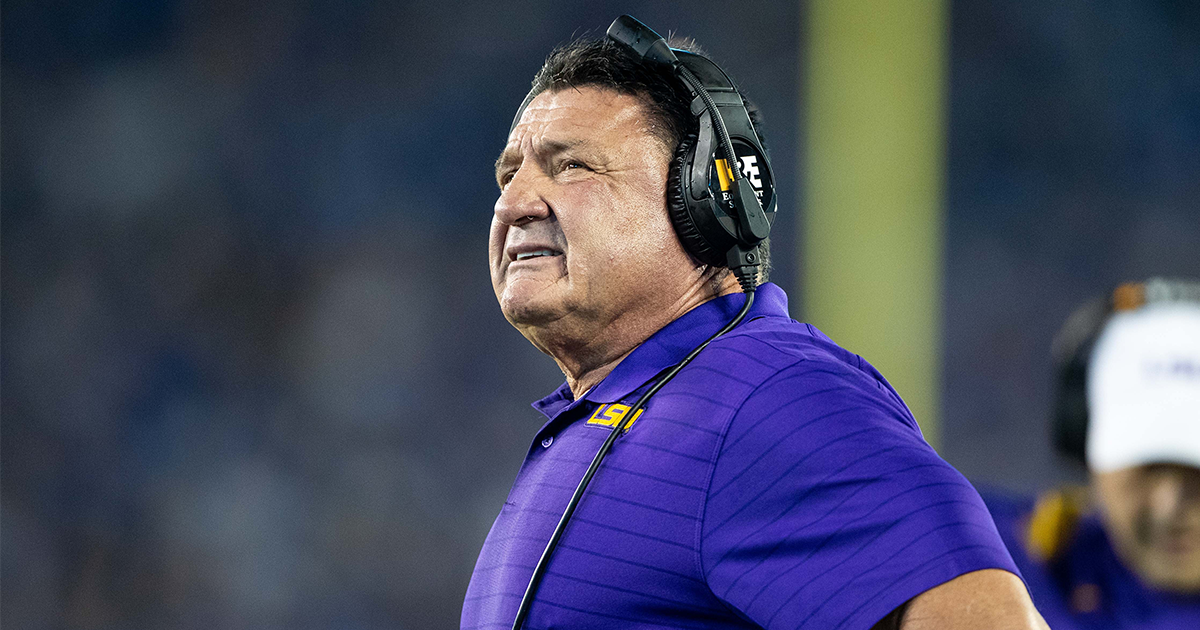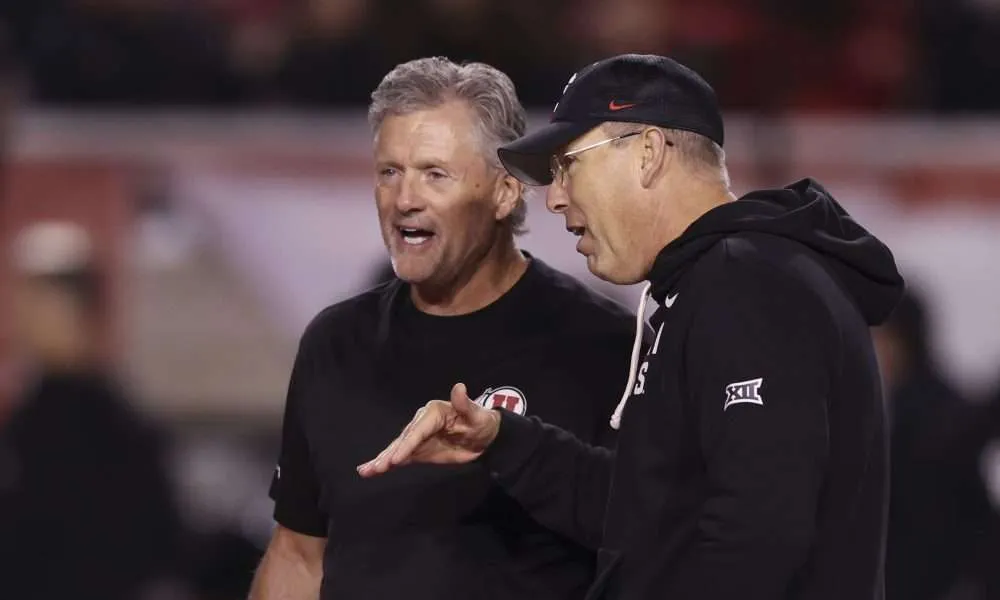NIL
Be a Star Player – The better you play, the more people notice! Big moments on t…
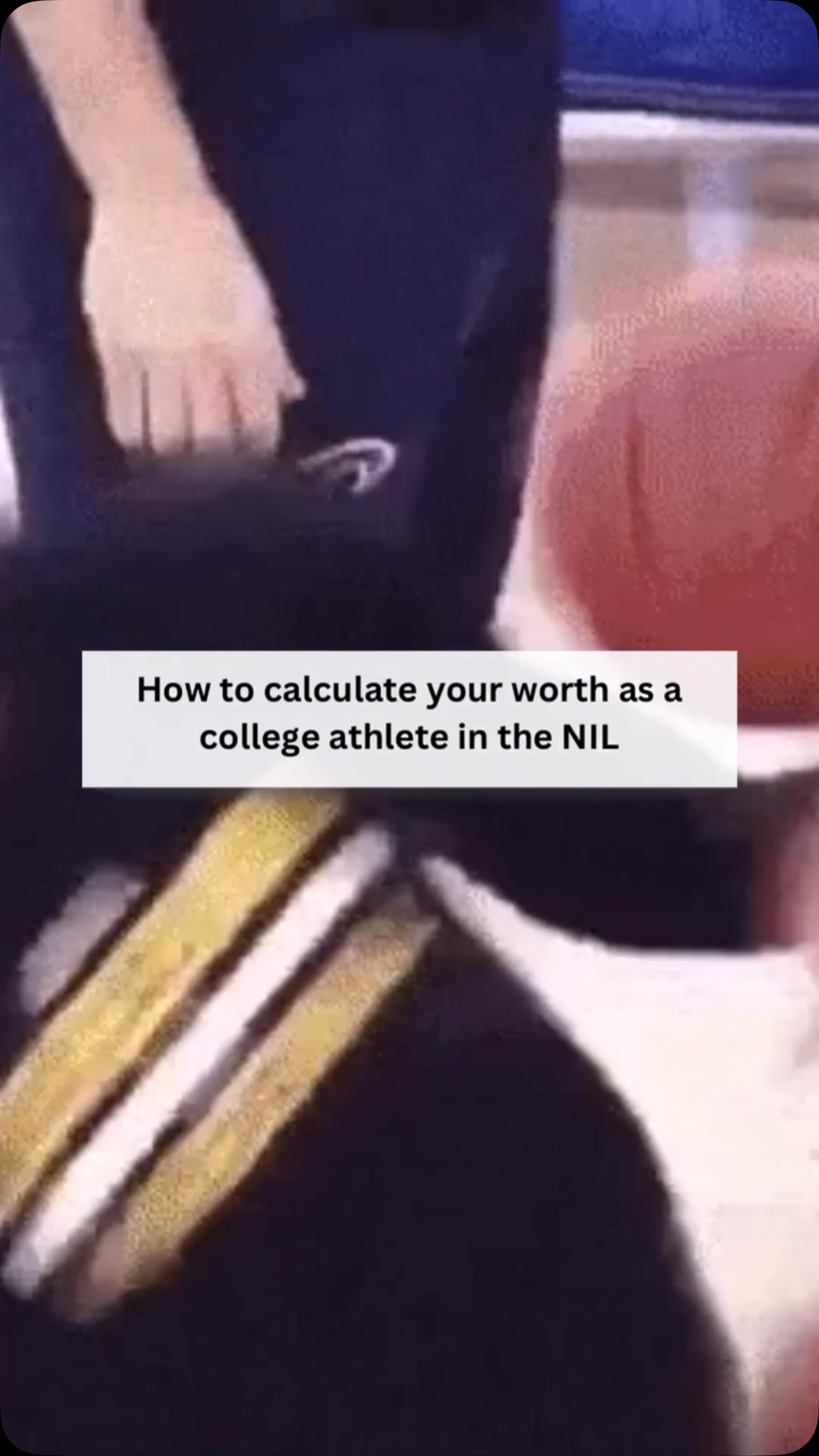
🏆 Be a Star Player – The better you play, the more people notice! Big moments on the field make you more valuable.
📱 Social Media Power – More followers + more likes = more NIL money! Post cool videos, challenges, and behind-the-scenes moments.
🌟 Make Your Brand Shine – Be YOU! Show your personality, hobbies, and interests—brands love unique athletes.
📊 Know What’s Hot – Stay updated on trends in your sport. If your position or skills are in demand, your NIL value grows!
🚀 Stand Out & Get Paid – Play hard, post smart, and build your brand to attract big opportunities!
NIL
Dabo Swinney addresses next steps for Clemson football program after disappointing 2025
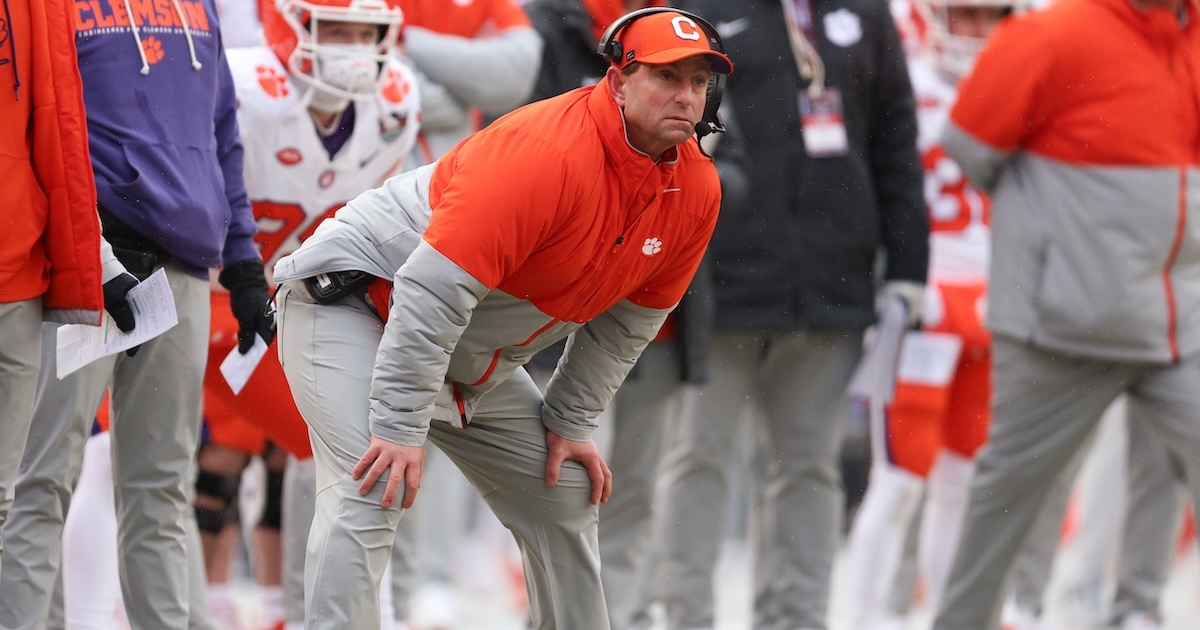
Dabo Swinney might have a long look in the mirror as Clemson hits the offseason. The Tigers lost 22-10 to Penn State in the Pinstripe Bowl to finish the year 7-6.
It was a year where, ironically both PSU and Clemson, were popular preseason national champion picks. Heck, some even predicted these two would square off for college football’s crown.
Swinney chalked these struggles up to big picture issues. If those can get rectified ahead of 2026 remains to be seen.
“It’s really more about just big picture of our issues from the season,” Swinney said postgame. “I know what’s real. I know what’s not. I don’t read what everybody else writes. I know what’s real. I have a good perspective when it comes to things that are in our control and what we’ve got to do better. We’ve got great people. I love all the people on my staff.
“But you evaluate everything. That’s just a part of our business, and it’s a part of the end of a season is you step back and — I don’t make emotional decisions, but first and foremost, it starts with what happened and how do we — is it personnel, is it scheme, is it bad calls, whatever. There’s a lot of things you evaluate as a coach.”
With the talent Clemson had back, such as QB Cade Klubnik and defensive linemen Peter Woods and T.J. Parker, there seemed to be a lot of NFL talent. But it just didn’t click as the Tigers found themselves 1-3 after four games, pretty much out of the CFP picture before even getting started.
Dabo Swinney promises to get it right for 2026
“Again, I know we’ve got seven wins, but we’re a lot closer than people think,” Swinney said. “That’s one of them things, boy, if you say that you get torn up on social media, people rip you I’m sure. But that’s the reality. I know what it is, and I know how close we are. It’s one more catch. It’s one more good throw. It’s a better call. It’s one stop. Next thing you know, you win a couple of those games that we lost early, and now you’ve got confidence and momentum and all those things matter. We just never got that.”
Swinney is 187-53 since 2008 with Clemson, winning nine ACC titles and two national championships. Heck, despite being 10-4 last year, the Tigers won the ACC and made it to the first round of the College Football Playoff.
To get back to that and beyond might take a philosophy or roster overhaul. But Swinney claims he knows what to do to get it right.
“It certainly affected us,” Swinney said. “But again, evaluate everything, make good decisions based on what my perspective is, and I’ll change what I need to change, stay the course on what I believe I need to stay the course on.
“Again, it’s never as good as you think, it’s never as bad as you think. I’ve done this a long time, and this is the second worst season we’ve had in 17 years. There will be something good come from it just like the last one we had in 2010. We had a lot of great things come from it. We’ll have a lot of great come from this one, as well.”
NIL
Kyle Whittingham admits he didn’t know if he was done coaching after stepping down at Utah before Michigan hire
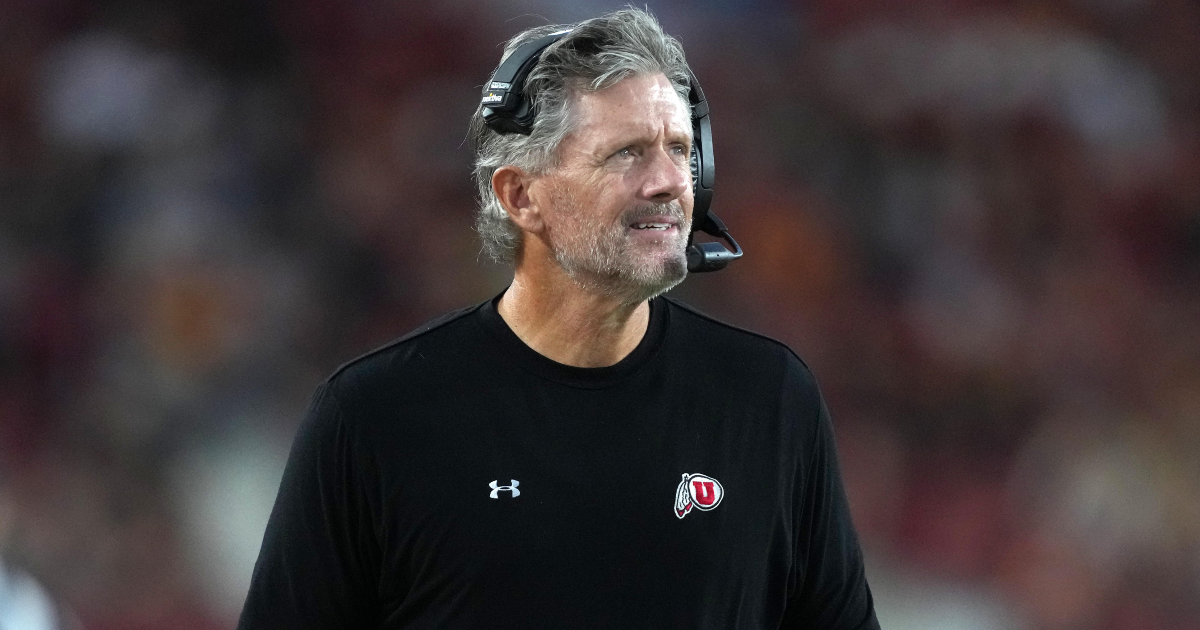
On Dec. 12, Kyle Whittingham announced he’d be stepping down from his position as head coach at Utah after spending 21 seasons at the helm of the program. At the same time, Michigan fired head coach Sherrone Moore after he was charged with felony third-degree home invasion and two misdemeanors.
Just two weeks later, Michigan hired Whittingham to be its next head coach. During his introductory press conference on Sunday, the 66-year-old HC admitted he wasn’t sure whether he’d ever coach again after he resigned from Utah.
“It’s an honor to be able to be in this position. Twenty-one years at Utah. Stepped down a couple weeks ago. Wasn’t sure if I was finished or not. I still have a lot left in the tank,” Whittingham said. “You can count on one hand, the amount of schools that if they called, I would listen and I would be receptive to what they had to say.
“Michigan was one of those schools, definitely a top five job in the country, without a doubt. So, when the ball started rolling, and the more I learned about Michigan, the more excited I got. And I’m just elated to be here.”
Whittingham signed a five-year contract with Michigan worth an average of $8.2 million per year. Whittingham’s contract is 75% guaranteed. His 2026 salary is expected to be $8 million.
While Whittingham is far older than many of the other coaches who were signed during this hiring cycle, he’s also far more experienced. Whittingham was the head coach at Utah from 2005-25.
During his impressive tenure, he guided the Utes to a 177-88 overall record and three conference championships. Despite his illustrious résumé, Kyle Whittingham said he didn’t expect to hear from Michigan about its job opening.
“I didn’t expect that. Ironically enough, the timing was almost exactly the same from when I stepped down and when this job became open,” Whittingham said. “It was within a day or so of each other. Like I said when I stepped down, I felt like one thing I didn’t want to be is that coach that just stayed too long at one place.
“I just felt that the time was right to exit Utah. But, like I said, I still got a lot of energy, and felt like, ‘Hey, if the right opportunity came, then I would be all in on that.’ So, that’s what Michigan afforded me.”
NIL
‘Cinderella exists in college basketball’ but not college football
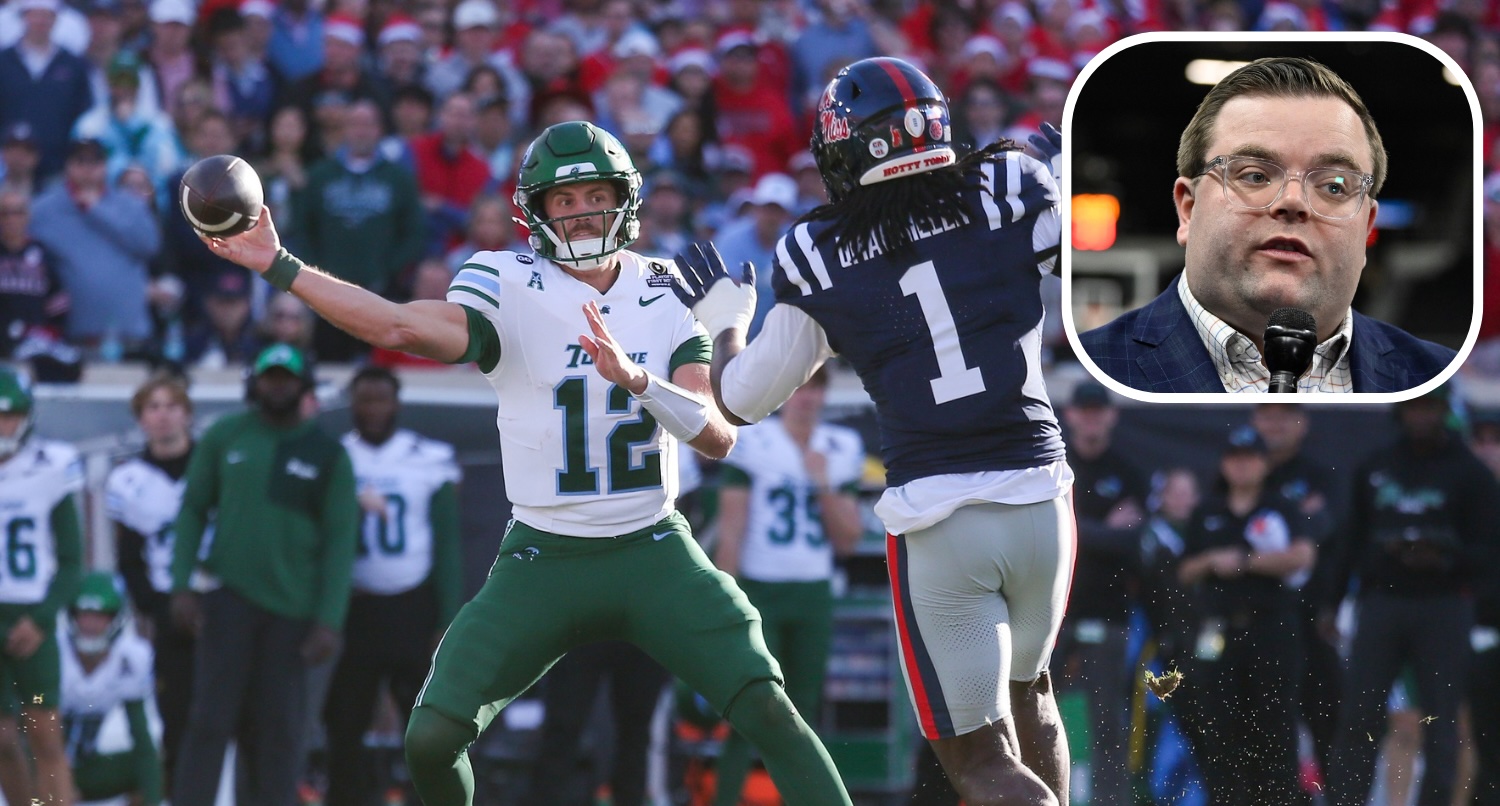
Everyone loves an underdog. That is, except everyone involved with college football.
As soon as two Group of Five schools qualified for the 2025 College Football Playoff, every college football talking head started falling all over themselves to explain why they didn’t deserve to be there, didn’t belong, and shouldn’t be allowed to compete there in the future.
The TV ratings for the first round of the CFP seemed to give pundits further ammunition, especially since most of their arguments had more to do with driving TV audiences than rewarding winners.
The war against college football Cinderellas has been intense, and you can add a somewhat surprising voice to the mix: NBC Sports college basketball announcer John Fanta.
As part of a wide-ranging interview with the New York Post’s Steve Serby, Fanta shared that while he enjoys seeing Cinderella teams compete in college basketball’s March Madness, it doesn’t work the same for college football.
“I would not have two Group of 5 teams in the Playoff,” said Fanta. “I am all for Cinderella. But Cinderella exists in college basketball.
“The opening weekend of the College Football Playoff was a dud. It’s not about picking Miami over Notre Dame. Miami beat Notre Dame. What doesn’t make any sense is the committee for weeks had Miami below Notre Dame, and then put Miami in over Notre Dame. So the committee has no rhyme or reason to what they are doing. That’s my issue with the Playoff. I think the Playoff is gonna deliver great games.”
Fanta’s argument is somewhat moot, as future editions of the CFP are highly unlikely to unfold as this year’s did, thanks in large part to Notre Dame’s revised MOU and likely changes to the ACC’s selection criteria.
Also, while the Tulane and JMU games were largely uncompetitive, plenty of Power 4 schools (and Notre Dame) have laid far worse eggs in CFP games.
If there’s a villain in this year’s CFP draw, it’s the Power 4 programs that didn’t do enough to justify their inclusion, rather than the G5 schools that earned the right under the current criteria.
NIL
Ed Orgeron on SEC paying players before NIL: ‘We used to walk through the back door with the cash’ – Tar Heel Times
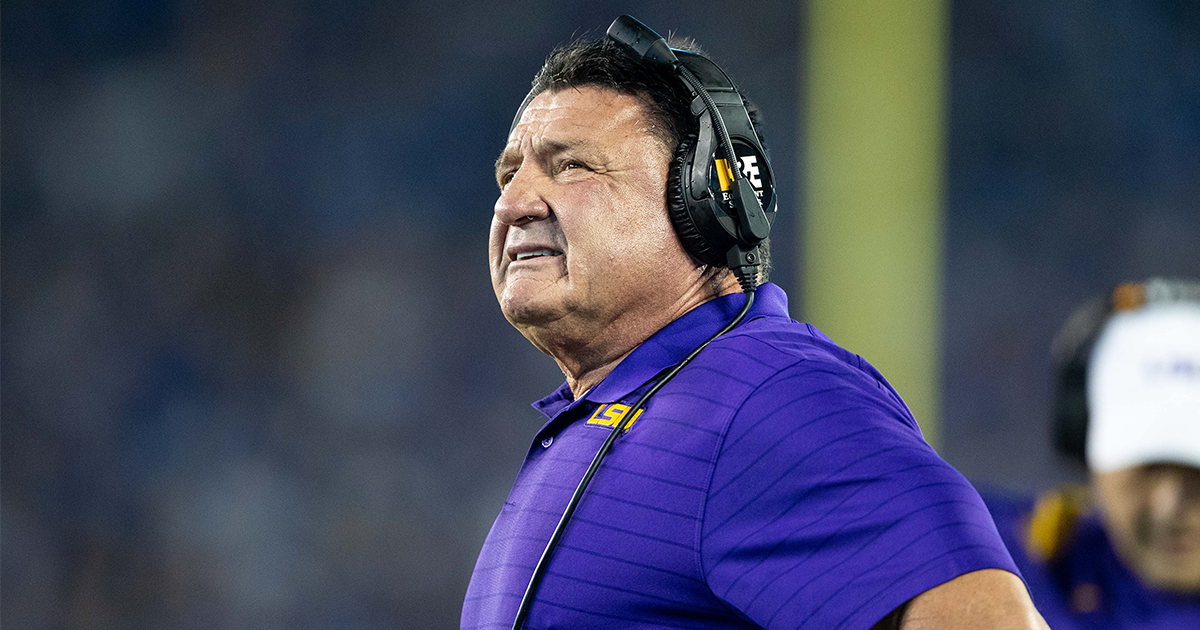
Posted Dec 28, 2025
Few recruiters in college football worked harder than Ed Orgeron. Orgeron did a great job bringing in some great talent. However, most of his work came in the pre-NIL era, meaning he could not, technically, use money in the process. So when talking about how he would adapt with NIL now legal, Orgeron hilariously said there would just be a slight difference.
(On3.com)
Related: Other News
Wetzel: Beware, college sports, private equity has arrived
Even as revenue goes up and up from richer media deals, expanded playoffs and modernized operations, costs continue to soar. Spending has to be addressed…
Sun Dec 28, 2025
Remembering Rodney Rogers, gone at 54 but impossible to forget
Rodney Rogers, a Sun from 1999 to 2002 and a one-of-one presence in franchise history, has passed away. He wore number 54 like nobody else,…
Sun Dec 28, 2025
The ACC aimed to restore its men’s basketball reputation. So far, it’s working
Four ACC basketball teams made the NCAA tournament in 2025. Five teams made it in each of the three years before that. The ACC has…
Sat Dec 27, 2025
Caleb Williams and Ben Johnson: The Quarterback–Coach Partnership Transforming the Bears
If you want to understand why the Chicago Bears feel different today, why their offense has matured week by week, why the franchise finally looks…
Sat Dec 27, 2025
NIL
What is the projected NIL value of a top DB & DL?

While transfer portal details are rare and hard to verify, the overall trend is that defensive standouts might be the bargain play over a top offense. Quarterbacks have already made deals like Darrian Mensah’s $4 million reported payday a year ago, with some speculating the market might drive over $5 million now.
But when On3sports provided a recent peak behind the curtain at the values and costs of recruiting portal talent, it was clear that defense remains the value play. On3 provided a few fascinating details.
Defensive linemen can be relatively high priced. For instance, On3 cited the reported deal of David Bailey (which some have valued at over $3 million) as the potential high side of defensive paydays. Elite pass-rushers aren’t cheap, and the $1.5 million high end value quoted by On3 is clearly contemplating that possibility.
Penn State edge Chaz Coleman is one of the players already indicated to be entering the portal who might command the type of value On3 notes. With three years of eligibility, the 6’4″, nearly 250 pound Coleman is an elite prospect. Another name nearly on that level is Oklahoma State transfer Wendell Gregory.
But defensive tackles, despite the relative scarcity of players with the physical attributes to provide lane-clogging snaps, tend to lag a bit lower than pass rushers on the college football food chain. If pass-rushing ends are still a bargain compared to quarterbacks, then defensive tackies will generally land cheaper still, with few likely to break the $1 million barrier by On3’s projection. One name that could be in that company, though, is Wake Forest transfer Mateen Ibirogba.
The massive value of the entire recruiting world, as documented by On3, lies in the secondary. Ranking defensive backs lowest of all the position groups profiled, On3 noted that vast number of defensive backs who join the portal. On3 indicates that an elite safety is probably a slightly higher value than a cornerback.
At the moment, Iowa State’s Jontez Williams is a top corner transfer, while Tennessee’s Boo Carter leads a slightly underwhelming safety class.
But at a projected value of $300,000-$850,000, a school could afford an entire secondary cheaper than an elite quarterback, at least according to the valuation reported by On3. Whatever path to the Playoff the next portal-playing team chooses, defense is clearly the economic option.
NIL
JMU Loses All 11 Starters From College Football Playoff Season
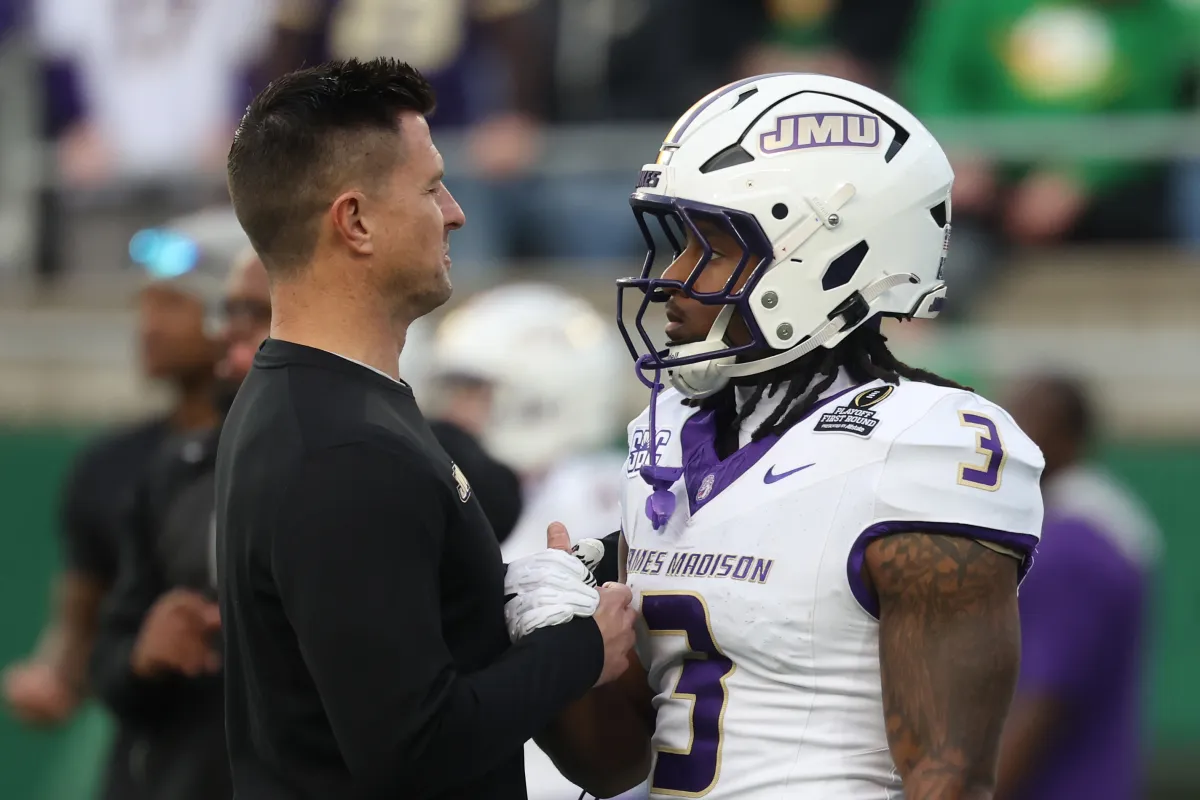
The transfer portal has radically challenged the college football landscape.
What was once a way for a few players to plead their case for a chance to switch schools has now become one of the most active free agency periods in all of sports.
Instead of needing to recruit high school students and hope the development turns them into future stars, programs can now change their entire outlook in one offseason by signing already-developed talent in the transfer portal.
For many teams like the Indianas and Vanderbilts of the world, backed by strong NIL foundations and donors, it’s been a godsend.
For the James Madison Dukes, the loveable, scrappy underdog story of the 2025 season, making it all the way to the College Football Playoff, the transfer portal is a monster that they can’t fight off.
A week after their loss to the Oregon Ducks on the road in the first round of the CFP, their fearless leader, Bob Chesney, is already drinking mimosas in Los Angeles in his new job at UCLA.
More news: Transfer Portal Prediction: CFP Team Lands 8,000-Yard QB Brendan Sorsby

More news: Transfer Portal Prediction: 5-Star Florida QB DJ Lagway Lands at SEC Rival
Beyond that, their quarterback and on-field captain, Alonza Barnett III, is transferring to join a bigger, more well-funded program in the new year.
He isn’t the only offensive player to leave the Dukes. In fact, all 11 of their starters from the College Football Playoff are either graduating or have entered the transfer portal, leaving James Madison barren.
Overall, it’s expected that over 80% of the players they would have hoped to make some sort of impact with the team in 2026 will be gone in a few short weeks as they try to get a deal to move up the college football hierarchy.
There are rumors that James Madison has built an NIL backend that would put them in good standing alongside other schools of their stature, but what can they do when Barnett III might receive an offer greater than their entire team fund?
The Dukes will do the best they can to rebuild as the new era continues roaring on in college football, and we’ll see where these former underdogs call home amongst the Power Four schools.
The transfer portal officially opens on Jan. 2, 2026.
-

 Motorsports3 weeks ago
Motorsports3 weeks agoSoundGear Named Entitlement Sponsor of Spears CARS Tour Southwest Opener
-

 NIL3 weeks ago
NIL3 weeks agoDeSantis Talks College Football, Calls for Reforms to NIL and Transfer Portal · The Floridian
-
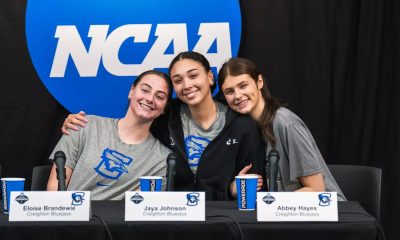
 Sports2 weeks ago
Sports2 weeks ago#11 Volleyball Practices, Then Meets Media Prior to #2 Kentucky Match
-

 Motorsports2 weeks ago
Motorsports2 weeks agoSunoco to sponsor No. 8 Ganassi Honda IndyCar in multi-year deal
-
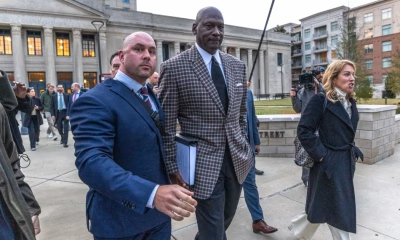
 Motorsports2 weeks ago
Motorsports2 weeks agoNascar legal saga ends as 23XI, Front Row secure settlement
-
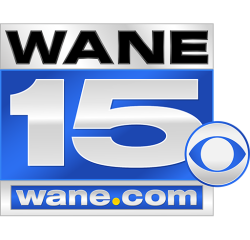
 Motorsports3 weeks ago
Motorsports3 weeks agoNorth Florida Motorsports Park led by Indy 500 Champion and motorsports legend Bobby Rahal Nassau County, FL
-
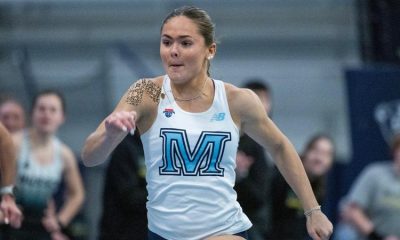
 Sports2 weeks ago
Sports2 weeks agoMaine wraps up Fall Semester with a win in Black Bear Invitational
-
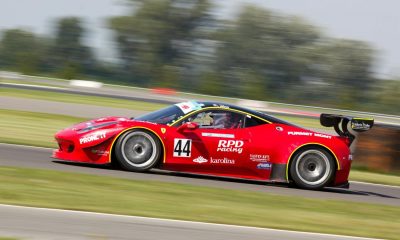
 Motorsports3 weeks ago
Motorsports3 weeks agoAccelerating Inclusion: Breaking Barriers in Motorsport
-
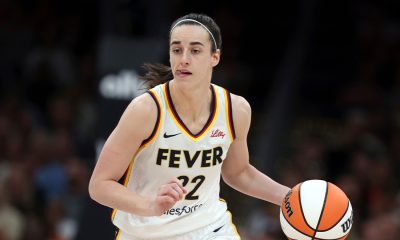
 Rec Sports2 weeks ago
Rec Sports2 weeks agoWNBA’s Caitlin Clark, Angel Reese and Paige Bueckers in NC, making debut for national team at USA camp at Duke
-
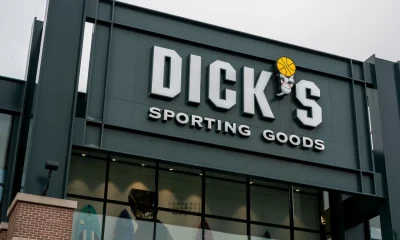
 Rec Sports3 weeks ago
Rec Sports3 weeks ago8 Philadelphia youth football team players charged with stealing from Dick’s Sporting Goods in Florida

